12.10.2023
NASA’s Roman Mission Gears Up for a Torrent of Future Data
NASA’s Nancy Grace Roman Space Telescope team is exploring ways to support community efforts that will prepare for the deluge of data the mission will return. Recently selected infrastructure teams will serve a vital role in the preliminary work by creating simulations, scouting the skies with other telescopes, calibrating Roman’s components, and much more.
Their work will complement additional efforts by other teams and individuals around the world, who will join forces to maximize Roman’s scientific potential. The goal is to ensure that, when the mission launches by May 2027, scientists will already have the tools they need to uncover billions of cosmic objects and help untangle mysteries like dark energy.
“We’re harnessing the science community at large to lay a foundation, so when we get to launch we’ll be able to do powerful science right out of the gate,” said Julie McEnery, Roman’s senior project scientist at NASA’s Goddard Space Flight Center in Greenbelt, Maryland. “There’s a lot of exciting work to do, and many different ways for scientists to get involved.”
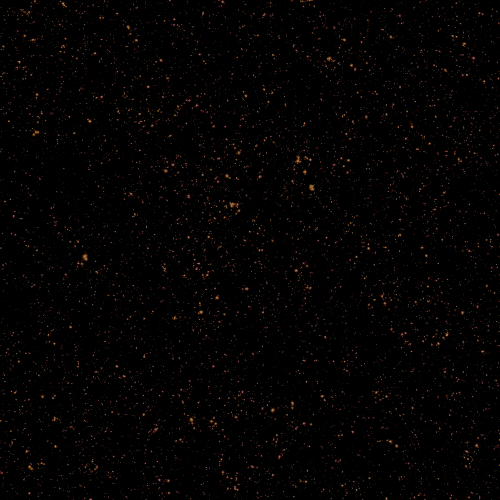
Simulations lie at the heart of the preparatory efforts. They enable scientists to test algorithms, estimate Roman’s scientific return, and fine-tune observing strategies so that we’ll learn as much as possible about the universe.
Teams will be able to sprinkle different cosmic phenomena through a simulated dataset and then run machine learning algorithms to see how well they can automatically find the phenomena. Developing fast and efficient ways to identify underlying patterns will be vital given Roman’s enormous data collection rate. The mission is expected to amass 20,000 terabytes (20 petabytes) of observations containing trillions of individual measurements of stars and galaxies over the course of its five-year primary mission.
“The preparatory work is complex, partly because everything Roman will do is quite interconnected,” McEnery said. “Each observation is going to be used by multiple teams for very different science cases, so we’re creating an environment that makes it as easy as possible for scientists to collaborate.”
Some scientists will conduct precursor observations using other telescopes, including NASA’s Hubble Space Telescope, the Keck Observatory in Hawaii, and Japan’s PRIME (Prime-focus Infrared Microlensing Experiment) located in the South African Astronomical Observatory in Sutherland. These observations will help astronomers optimize Roman’s observing plan by identifying the best individual targets and regions of space for Roman and better understand the data the mission is expected to deliver.
Some teams will explore how they might combine data from different observatories and use multiple telescopes in tandem. For example, using PRIME and Roman together would help astronomers learn more about objects found via warped space-time. And Roman scientists will be able to lean on archived Hubble data to look back in time and see where cosmic objects were and how they were behaving, building a more complete history of the objects astronomers will use Roman to study. Roman will also identify interesting targets that observatories such as NASA’s James Webb Space Telescope can zoom in on for more detailed studies.
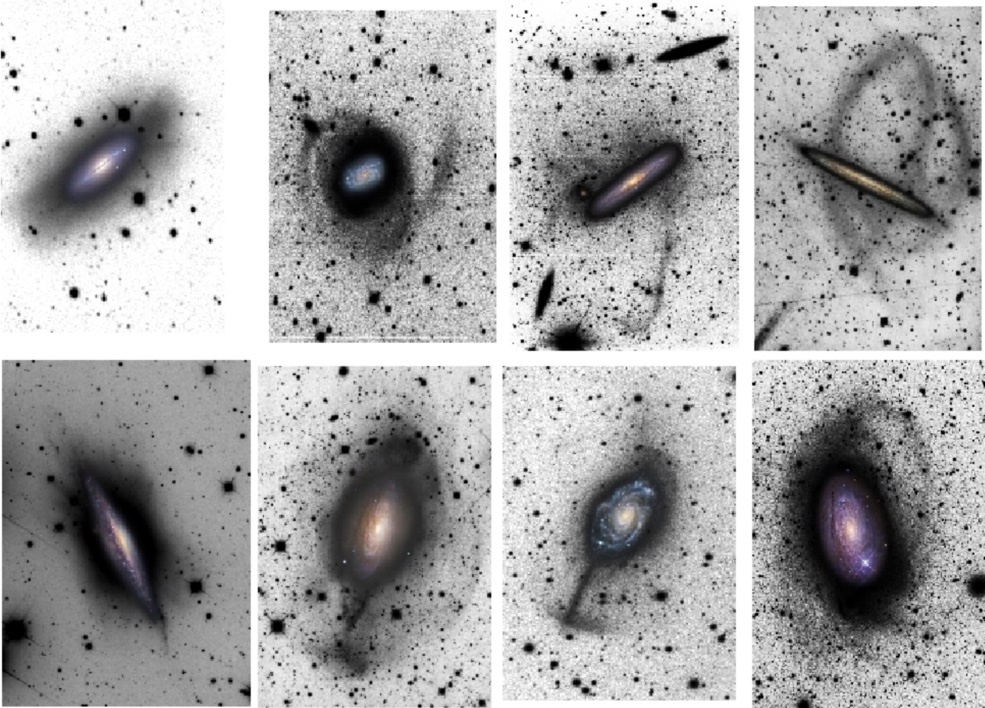
It will take many teams working in parallel to plan for each Roman science case. “Scientists can take something Roman will explore, like wispy streams of stars that extend far beyond the apparent edges of many galaxies, and consider all of the things needed to study them really well,” said Dominic Benford, Roman’s program scientist at NASA Headquarters in Washington, D.C. “That could include algorithms for dim objects, developing ways to measure star positions very precisely, understanding how detector effects could influence the observations and knowing how to correct for them, coming up with the most effective strategy to image stellar streams, and much more.”
One group is developing processing and analysis software for Roman’s Coronagraph Instrument. This instrument will demonstrate several cutting-edge technologies that could help astronomers directly image planets beyond our solar system. This team will also simulate different objects and planetary systems the Coronagraph could unveil, from dusty disks surrounding stars to old, cold worlds similar to Jupiter.
The mission’s science centers are gearing up to manage Roman’s data pipeline and archive and establishing systems to plan and execute observations. As part of a separate, upcoming effort, they will convene a survey definition team that will take in all of the preparatory information scientists are generating now and all the interests from the broader astronomical community to determine Roman’s optimal observation plans in detail.
“The team is looking forward to coordinating and funneling all the preliminary work,” McEnery said. “It’s a challenging but also exciting opportunity to set the stage for Roman and ensure each of its future observations will contribute to a wealth of scientific discoveries.”
The Nancy Grace Roman Space Telescope is managed at NASA’s Goddard Space Flight Center in Greenbelt, Maryland, with participation by NASA’s Jet Propulsion Laboratory and Caltech/IPAC in Southern California, the Space Telescope Science Institute in Baltimore, and a science team comprising scientists from various research institutions. The primary industrial partners are Ball Aerospace and Technologies Corporation in Boulder, Colorado; L3Harris Technologies in Melbourne, Florida; and Teledyne Scientific & Imaging in Thousand Oaks, California.
Quelle: NASA
----
Update: 26.10.2023
.
Why NASA’s Roman Mission Will Study Milky Way’s Flickering Lights
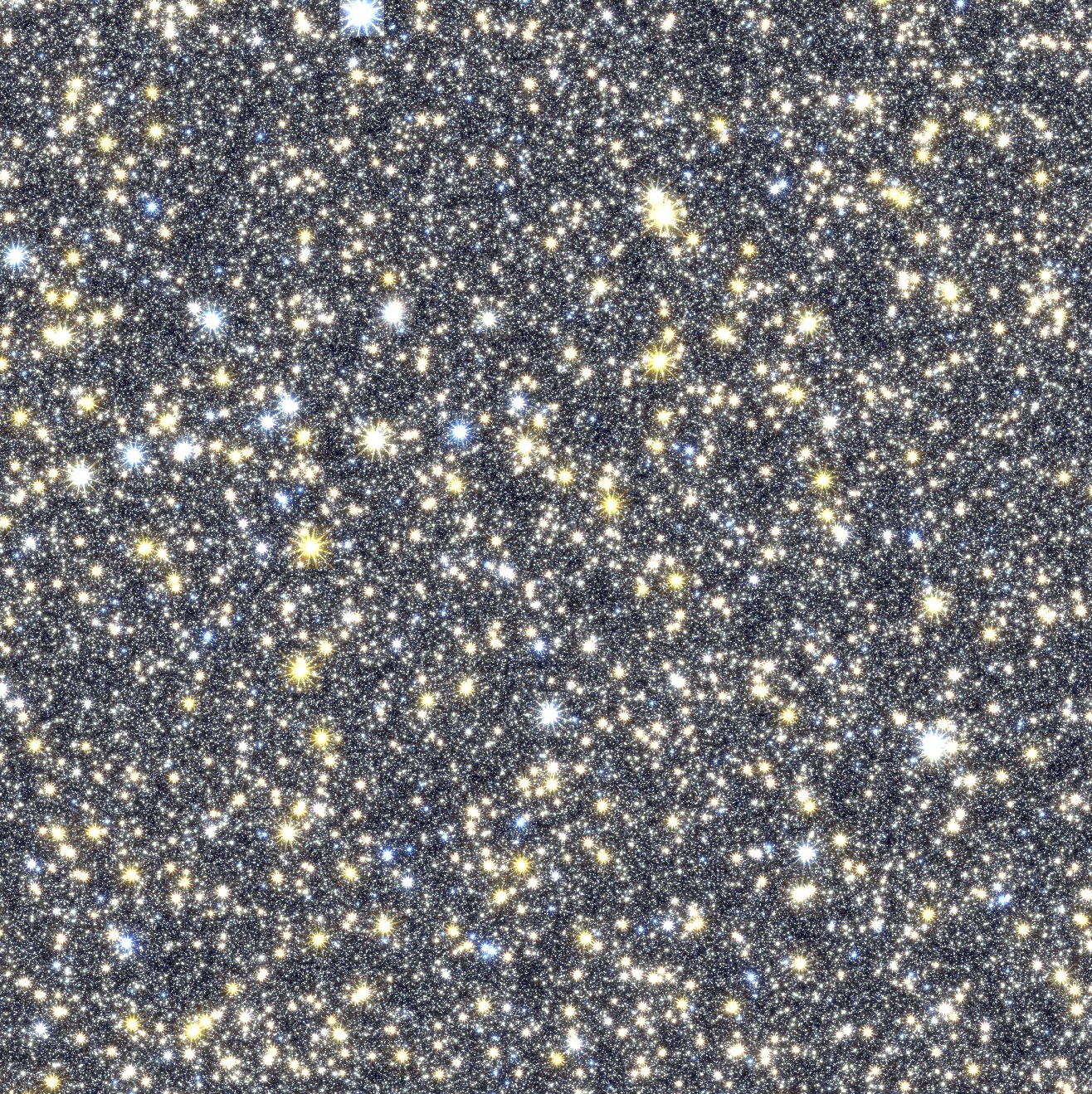
NASA’s Nancy Grace Roman Space Telescope will provide one of the deepest-ever views into the heart of our Milky Way galaxy. The mission will monitor hundreds of millions of stars in search of tell-tale flickers that betray the presence of planets, distant stars, small icy objects that haunt the outskirts of our solar system, isolated black holes, and more. Roman will likely set a new record for the farthest-known exoplanet, offering a glimpse of a different galactic neighborhood that could be home to worlds quite unlike the more than 5,500 that are currently known.
Roman’s long-term sky monitoring, which will enable these results, represents a boon to what scientists call time-domain astronomy, which studies how the universe changes over time. Roman will join a growing, international fleet of observatories working together to capture these changes as they unfold. Roman’s Galactic Bulge Time-Domain Survey will focus on the Milky Way, using the telescope’s infrared vision to see through clouds of dust that can block our view of the crowded central region of our galaxy.
“Roman will be an incredible discovery machine, pairing a vast view of space with keen vision,” said Julie McEnery, the Roman senior project scientist at NASA’s Goddard Space Flight Center in Greenbelt, Maryland. “Its time-domain surveys will yield a treasure trove of new information about the cosmos.”
When Roman launches, expected by May 2027, the mission will scour the center of the Milky Way for microlensing events, which occur when an object such as a star or planet comes into near-perfect alignment with an unrelated background star from our viewpoint. Because anything with mass warps the fabric of space-time, light from the distant star bends around the nearer object as it passes close by. The nearer object therefore acts as a natural magnifying glass, creating a temporary spike in the brightness of the background star’s light. That signal lets astronomers know there’s an intervening object, even if they can’t see it directly.
In current plans, the survey will involve taking an image every 15 minutes around the clock for about two months. Astronomers will repeat the process six times over Roman’s five-year primary mission for a combined total of more than a year of observations.
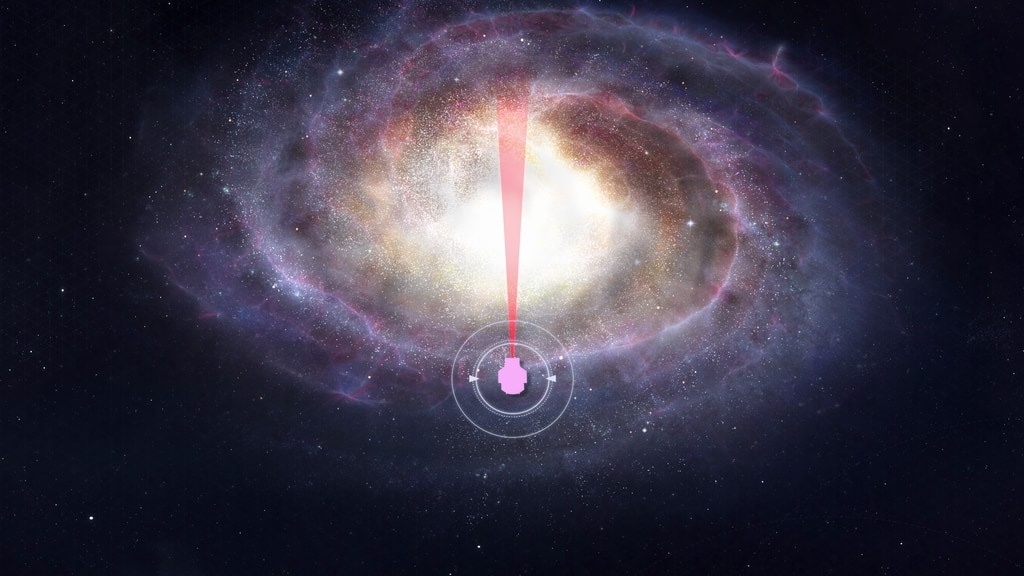
“This will be one of the longest exposures of the sky ever taken,” said Scott Gaudi, an astronomy professor at Ohio State University in Columbus, whose research is helping inform Roman’s survey strategy. “And it will cover territory that is largely uncharted when it comes to planets.”
Astronomers expect the survey to reveal more than a thousand planets orbiting far from their host stars and in systems located farther from Earth than any previous mission has detected. That includes some that could lie within their host star’s habitable zone – the range of orbital distances where liquid water can exist on the surface – and worlds that weigh in at as little as a few times the mass of the Moon.
Roman can even detect “rogue” worlds that don’t orbit a star at all using microlensing. These cosmic castaways may have formed in isolation or been kicked out of their home planetary systems. Studying them offers clues about how planetary systems form and evolve.
Roman’s microlensing observations will also help astronomers explore how common planets are around different types of stars, including binary systems. The mission will estimate how many worlds with two host stars are found in our galaxy by identifying real-life “Tatooine” planets, building on work started by NASA’s Kepler Space Telescope and TESS (the Transiting Exoplanet Survey Satellite).
Some of the objects the survey will identify exist in a cosmic gray area. Known as brown dwarfs, they’re too massive to be characterized as planets, but not quite massive enough to ignite as stars. Studying them will allow astronomers to explore the boundary between planet and star formation.
Roman is also expected to spot more than a thousand neutron stars and hundreds of stellar-mass black holes. These heavyweights form after a massive star exhausts its fuel and collapses. The black holes are nearly impossible to find when they don’t have a visible companion to signal their presence, but Roman will be able to detect them even if unaccompanied because microlensing relies only on an object’s gravity. The mission will also find isolated neutron stars – the leftover cores of stars that weren’t quite massive enough to become black holes.
Astronomers will use Roman to find thousands of Kuiper belt objects, which are icy bodies scattered mostly beyond Neptune. The telescope will spot some as small as about six miles across (about 1 percent of Pluto’s diameter), sometimes by seeing them directly from reflected sunlight and others as they block the light of background stars.
A similar type of shadow play will reveal 100,000 transiting planets between Earth and the center of the galaxy. These worlds cross in front of their host star as they orbit and temporarily dim the light we receive from the star. This method will reveal planets orbiting much closer to their host stars than microlensing reveals, and likely some that lie in the habitable zone.
Scientists will also conduct stellar seismology studies on a million giant stars. This will involve analyzing brightness changes caused by sound waves echoing through a star’s gaseous interior to learn about its structure, age, and other properties.
All of these scientific discoveries and more will come from Roman’s Galactic Bulge Time-Domain Survey, which will account for less than a fourth of the observing time in Roman’s five-year primary mission. Its broad view of space will allow astronomers to conduct many of these studies in ways that have never been possible before, giving us a new view of an ever-changing universe.
The Nancy Grace Roman Space Telescope is managed at NASA’s Goddard Space Flight Center in Greenbelt, Maryland, with participation by NASA’s Jet Propulsion Laboratory and Caltech/IPAC in Southern California, the Space Telescope Science Institute in Baltimore, and a science team comprising scientists from various research institutions. The primary industrial partners are Ball Aerospace and Technologies Corporation in Boulder, Colorado; L3Harris Technologies in Melbourne, Florida; and Teledyne Scientific & Imaging in Thousand Oaks, California.
Quelle: NASA
----
Update: 16.10.2023
.
How NASA’s Roman Space Telescope Will Chronicle the Active Cosmos

NASA’s Nancy Grace Roman Space Telescope will pair space-based observations with a broad field of view to unveil the dynamic cosmos in ways that have never been possible before.
“Roman will work in tandem with NASA observatories such as the James Webb Space Telescope and Chandra X-ray Observatory, which are designed to zoom in on rare transient objects once they’ve been identified, but seldom if ever discover them,” said Julie McEnery, Roman’s senior project scientist at NASA’s Goddard Space Flight Center in Greenbelt, Maryland. “Roman’s much larger field of view will reveal many such objects that were previously unknown. And since we’ve never had an observatory like this scanning the cosmos before, we could even find entirely new classes of objects and events.”
The mission’s High Latitude Time-Domain Survey is well-designed to discover a particular type of exploding star that astronomers can use to trace the evolution of the universe and probe possible explanations for its accelerated expansion. And since this survey will repeatedly observe the same large vista of space, scientists will also see sporadic events like stellar corpses colliding and stars being swept into black holes.
The survey will look beyond our galaxy to observe the same patch of sky approximately every five days for two years. Stitching these observations together like stop-motion animation will create movies that will reveal a wealth of transient events.
Retreating Stellar Sparks
Astronomers will hunt through all this data for a special kind of exploding star called type Ia supernovae. These phenomena originate from certain binary star systems that contain at least one white dwarf – the small, hot core remnant of a Sun-like star. In some cases, the dwarf may siphon material from its companion. This triggers a runaway nuclear reaction that ultimately detonates the thief. Astronomers have also found evidence supporting another scenario, involving two white dwarfs that spiral toward each other until they merge. If their combined mass is high enough, they, too, may produce a type Ia supernova.
Since these explosions each peak at a similar, known intrinsic brightness, astronomers can use them to determine how far away they are by simply measuring how bright they appear. Astronomers will use Roman to study the spectrum of light from these supernovae to find out how rapidly they appear to be moving away from us due to the expansion of space.
By comparing how fast type Ia supernovae at different distances are receding, scientists will trace cosmic expansion over time. This will help us understand whether and how dark energy – the unexplained pressure thought to be speeding up the universe’s expansion – has changed throughout time. Using these and other Roman measurements should also help clear up mismatched measurements of the Hubble constant, which is the universe’s current expansion rate.
“Roman will paint a more vivid picture of our universe’s past and present, giving us new clues about its possible fate,” said Rebekah Hounsell, a research scientist at the University of Maryland, Baltimore County and Goddard, who is exploring ways to optimize Roman’s High Latitude Time-Domain Survey. “Its findings could reshape our understanding of the cosmos.”
Fleeting Cosmic Wonders
Because of the way this survey will observe the cosmos, it will also spot other rare phenomena. Through Roman, we will witness the birth of new black holes that form when neutron stars – the cores of exploded stars that weren’t quite massive enough to collapse to form black holes on their own – merge. These titanic events create ripples in the fabric of space-time and brilliant kilonova explosions.
The mission is also expected to reveal several dozen tidal disruption events, which happen when a star venturing too close to a black hole is shredded by the black hole’s extreme gravity. The stellar shrapnel generates a huge amount of light as it speeds toward the black hole. Roman will pick up these flares of energy to learn how black holes affect their surroundings.
The survey will also allow astronomers to explore variable objects, like active galaxies whose cores each host an extremely bright quasar. A quasar is a brilliant beacon of intense light powered by a supermassive black hole. The black hole voraciously feeds on infalling matter that unleashes a torrent of radiation. Roman’s steady gaze will help astronomers study how and why these outbursts fluctuate in brightness.
And by finding hundreds of faint, faraway quasars, Roman will also allow scientists to probe the period of reionization. During this cosmic epoch, scientists think intense ultraviolet light from quasars stripped electrons from atoms and turned them into ions. This transition ushered in “cosmic dawn,” as the universe went from being mostly opaque to transparent, allowing visible and ultraviolet light to travel freely.
“This Roman survey will provide a treasure trove of data for astronomers to comb through, enabling more open-ended cosmic exploration than is typically possible,” McEnery said. “We may serendipitously discover entirely new things we don’t yet know to look for.”
The Nancy Grace Roman Space Telescope is managed at NASA’s Goddard Space Flight Center in Greenbelt, Maryland, with participation by NASA’s Jet Propulsion Laboratory and Caltech/IPAC in Southern California, the Space Telescope Science Institute in Baltimore, and a science team comprising scientists from various research institutions. The primary industrial partners are Ball Aerospace and Technologies Corporation in Boulder, Colorado; L3Harris Technologies in Melbourne, Florida; and Teledyne Scientific & Imaging in Thousand Oaks, California.
Quelle: NASA
----
Update: 19.04.2024
.
NASA’s Roman Space Telescope’s ‘Eyes’ Pass First Vision Test
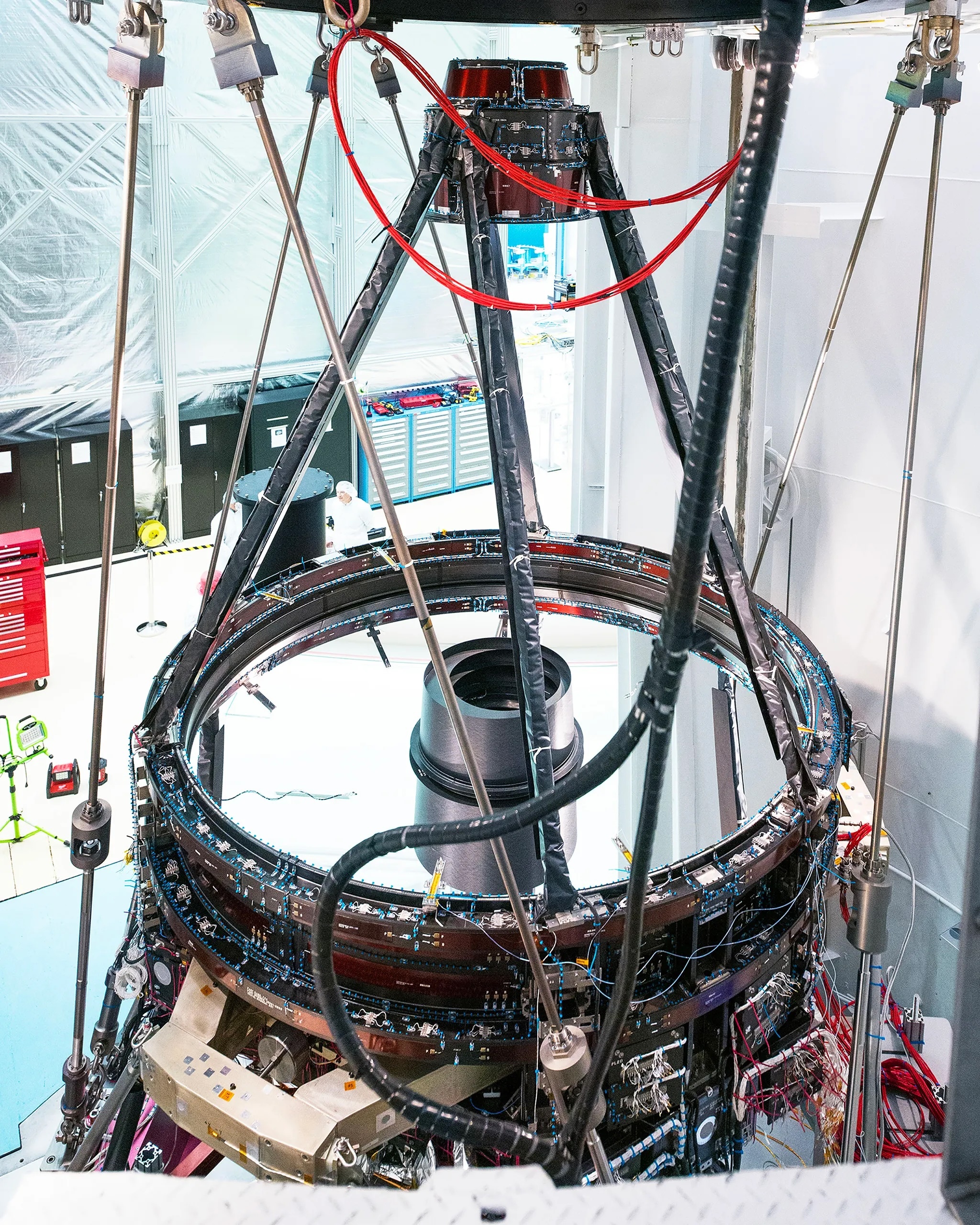
Engineers at L3Harris Technologies in Rochester, New York, have combined all 10 mirrors for NASA’s Nancy Grace Roman Space Telescope. Preliminary tests show the newly aligned optics, collectively called the IOA (Imaging Optics Assembly), will direct light into Roman’s science instruments extremely precisely. This will yield crisp images of space once the observatory launches.
“This is the pre-launch first light, our first time seeing through the entire telescope,” said Joshua Abel, the lead systems engineer for the Roman Space Optical Telescope Assembly at NASA’s Goddard Space Flight Center in Greenbelt, Maryland. “We’re excited to enter the next phase of the project!”
Each of Roman’s mirrors had passed individual tests, but this was the first time they were assessed together. Engineers had to make sure light would move through all of the optics in a tightly controlled way, or else the telescope’s images would appear blurred.
“The telescope’s optics are crucial for all of Roman’s future observations,” said Bente Eegholm, an optical engineer working on Roman’s Optical Telescope Assembly at Goddard. “In addition to the large primary mirror and the secondary mirror, eight relay mirrors serve Roman’s two science instruments. All 10 telescope mirrors need to be aligned to well within the width of a human hair in order to optimize the telescope’s imaging quality such that Roman can fully achieve its science goals.”
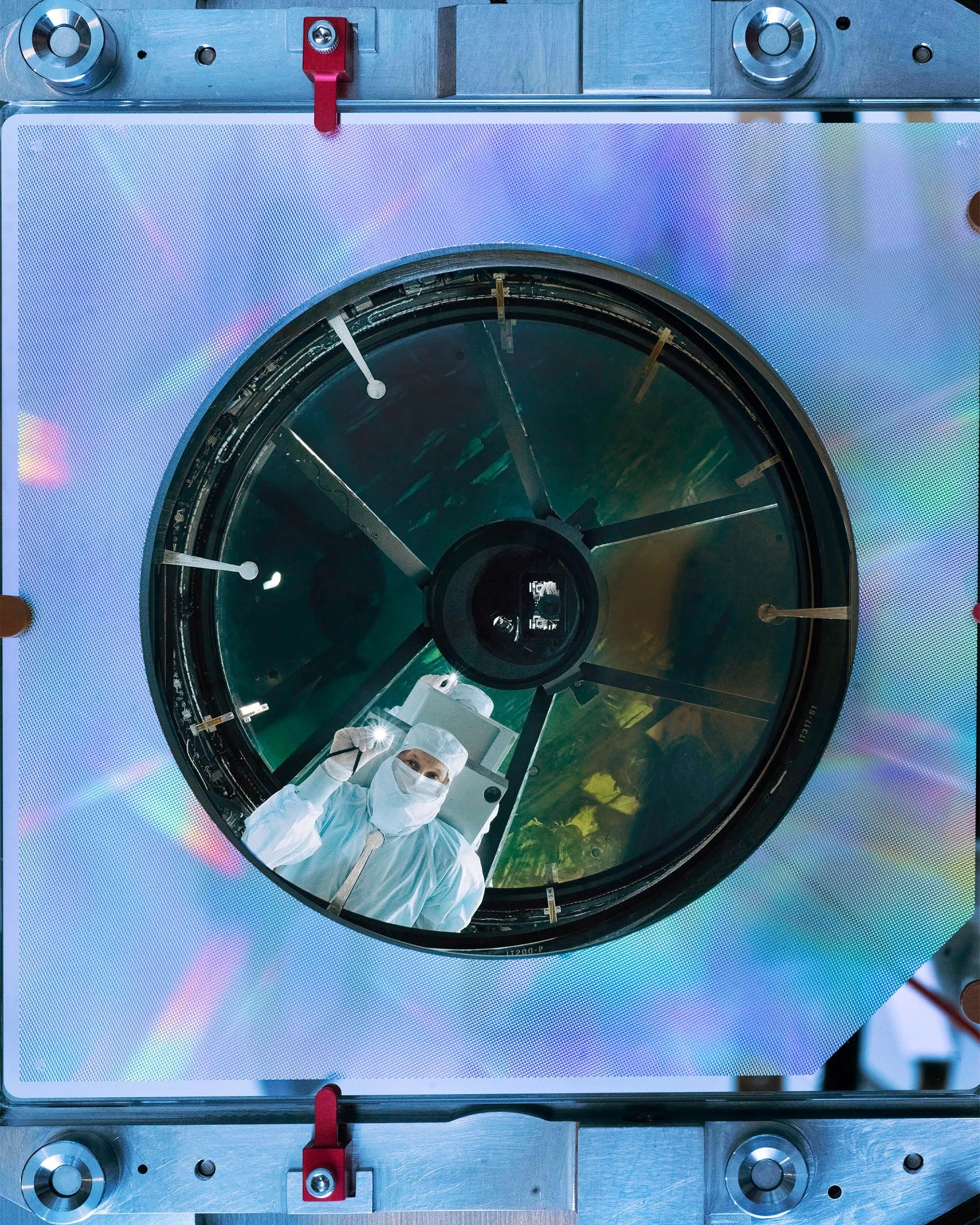
The meticulous month-long alignment process involved a series of iterations to bring test images into ever-sharper focus. Once the mirrors were all properly situated, technicians permanently locked them in place. Three of the mirrors will still be movable in space thanks to actuators – mechanisms that control the mirrors’ positions – which will allow astronomers to fine-tune the alignment even further once Roman begins its observations.
The IOA’s vision test establishes a baseline for upcoming vibration and acoustic tests. Engineers will compare measurements from before and after those tests to make sure the optics will withstand the strong shaking and intense sound waves during launch.
After that, the IOA will have a final “eye” exam – this time in vacuum conditions at its cold operational temperature. Materials expand and contract with temperature shifts, and Roman’s optics will go from room temperature conditions on Earth to a frigid 9 degrees Fahrenheit (minus 13 degrees Celsius) in space.
“Our prediction of the small change we expect to see going from ambient to these colder temperatures is very important,” Abel said. The test will also measure the IOA’s performance in extremely low pressure to assess how it will operate in the vacuum of space.
“The joint team from L3Harris and NASA has fully achieved the goals of the test,” said Scott Smith, Roman telescope manager at Goddard. “The technicians and engineers have executed a successful optical test with precision and excellence while maintaining their commitments to schedule.”
The entire Optical Telescope Assembly, of which the IOA is a core component, is expected to be complete and delivered to Goddard this fall.
Quelle: NASA

